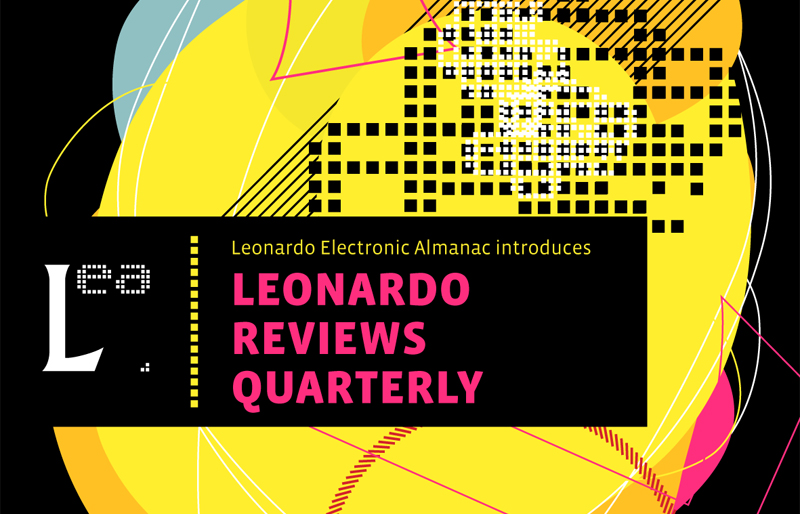
Unitxt
by Alva Noto
Rasta Noton, Chemnitz, Germany, 2008
CD, RASTER095CD, 19.00 euros
Distributor’s website: Raster-Norton
Reviewed by Hannah Drayson
University of Plymouth, UK
Unitxt is made from sonic artefacts harvested from digital files: buzzes, pops, all frequencies of digital noise that converge to sketch a tortured anatomy of a sound card. The album at first seems noteworthy because of the nature of some of the material from which it is constructed: sounds made by converting files from various programs, .ppt, .jpgs, .doc, etc. to audio files. Making this modification itself isn’t complex, simply done by modifying the file extensions of non-sound files to .mov, .wav or similar and then opening them in a wave editor or sequencer. The results are unrecognisable and often highly unpleasant––files designed to carry the content of spreadsheets are not easily aestheticised in terms of sound.
Carsten Nikolai (Alva Noto’s human namesake) deserves a deal of respect for simply having the perseverance to so successfully craft the artefacts of this process into an album of compositions which are characterised by such meticulously programmed beats. Most of the tracks on Unitxt – despite their origin – feature the recognisable elements of an electronic kit or their analogues. Bass drum, snare, synth, hats, are all present. The crafting of noise frequencies draws reference to limited resources of early computer games designers who, having to deal with miniscule file sizes and simple hardware used tiny bursts of white noise to stand in for cymbals, resulting in that distinctive ‘chiptune’ sound. However, these sounds have been hard won, naturally occurring within the architectures of the personal computer, carefully identified and clipped out of inhuman sound files. The final tracks of the album are a gallery of these source files that are often a few seconds of static scream and then endless silence.
u_07 is an interesting response to the problem of how to reference its human author in a work inspired by mechanical processes without spoiling its stark quality. Poet Anne-James Chaton delivers an audio portrait of Nikolai based on the contents of his wallet, systematically reading out its contents, cards, bills etc. Another track, u_08-1 features a recitation of the mathematical sequence known as the golden cut, a reference to the artist’s preoccupation with the aesthetic power of mathematics. Nicolai is a digital/sound artist producing work under a number of aliases, which explains his preoccupation with process and stark compositional methods that (according to the notes released by the label) involves a ‘mathematical’ (but unexplained) system.
As a project, Unitxt seems to straddle the divide between a type of high modern process -led sound art and minimal techno music with considerable success. Paradoxically, its aesthetic, whilst beautifully rendered, conceals what must be a very large amount of real work on the part of its author in the way it presents itself as a harsh, but often beautiful, machinic product.
Leonardo Reviews is a scholarly review service published since 1968 by Leonardo,The International Society for the Arts, Sciences, and Technology. Publishers and authors interested in having their print or electronic publications considered for review by the panel should contact Michael Punt, Editor-In-Chief, Leonardo Reviews.
Files:
